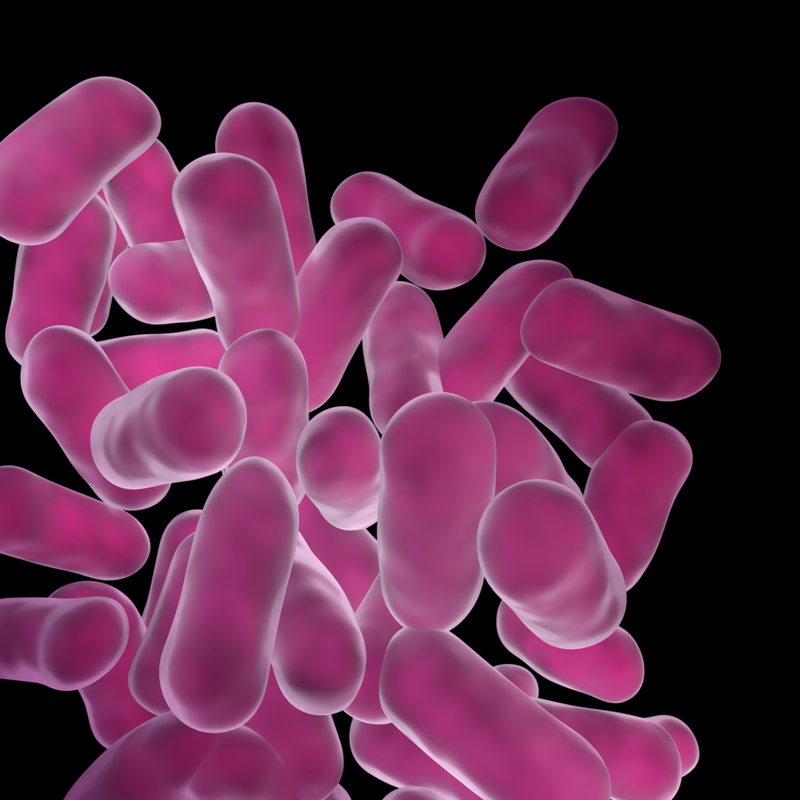

Naturally, some cases will fall somewhere along this gradient.Ĭurrently, there is no data on how many people deal with this problemĬurrently, there is no data on how many people deal with this problem.

Some women may have this issue and not experience symptoms, while for others, like me, the pain can be stratospheric.

This, the thinking is, can irritate the cells of the vaginal wall, causing them to be damaged and to even break away, being shed with your usual discharge, while the pH level of the area tips into more 'acidic' territory. Commonly labelled as a 'good' bacteria, you might have seen this word on the side of a packet of probiotics or on pots of yoghurt.) In plain speak, the delicate balance of bacteria in your vagina – also known as your vaginal microbiome – is compromised, due to an overgrowth of a group of acid-producing bacteria species which are grouped under the name 'Lactobacillus.' (These are necessary for maintaining vaginal health and protect the vagina from infection – it's the fact that there is an overgrowth that is the issue. What is Cytolytic Vaginosis?Īlso known as 'lactobacillus overgrowth syndrome' or 'Doderlein's cytolysis,' according to specialist private gynaecologist Dr Austin Ugwumadu, the UK medical definition of CV is: ‘A condition of the vagina characterised by an overgrowth/excess numbers of the normal acid-producing Lactobacillus (so-called 'good bacteria'), lysis (or destruction/fragmentation) of vaginal epithelial cells, bare nuclei, and absence of inflammation.’ I hadn’t, and neither had most of the countless nurses, doctors, gynaecologists, dermatologists, GPs and sexual health professionals I saw. The cause of my suffering was a little known and often controversial condition, called cytolytic vaginosis (CV). My body was numb, save for the searing sensation pulsating from my vagina. I thought about all the times I had taken things for granted: intimacy, exercise, wearing underwear, not being in pain. I needed to come to terms with the fact that I would surely end up alone, loveless and childless. I would never have sex again, that was certain. Yet again, I found nothing.Īs I lay on my bedroom floor sobbing, the realisation that this might not – or even could not – be fixed paralysed me. It was 2am and, just like every other night, I had spent the last three hours trawling internet forums, desperately searching for an answer. Living with Cytolytic Vaginosis: what happened to me Here, four years on, she shares her experience. Not all gynaecologists accept it as a stand-alone diagnosis and one recent review of the existing data stated that, when it comes to making receiving one, there is 'inadequate criteria for excluding other causes of vulvovaginal symptoms.'īetween the ages of 23 and 24, after a year of searching for answers to her debilitating pain, Lucy* was eventually diagnosed with the condition, by a private gynaecologist. These range from discomfort in the vagina, itching and burning on the vulva, pain during sex – or finding penetrative sex impossible, altogether – and white or yellowish discharge (for this reason, it might be mistaken for thrush or bacterial vaginosis.)Īs you might expect with something that's not been so well researched, it's also controversial. But the current thinking is that this imbalance causes a more acidic pH level in the area and irritates your vaginal wall – potentially resulting in some nasty symptoms. Sure, this sounds pretty small fry, in terms of things that can go wrong in that most delicate of ecosystems. Cytolytic vaginosis (CV) is a little-understood gynaecological condition, thought to be characterised by an overgrowth of a type of so-called 'good' bacteria in the vagina.


 0 kommentar(er)
0 kommentar(er)
